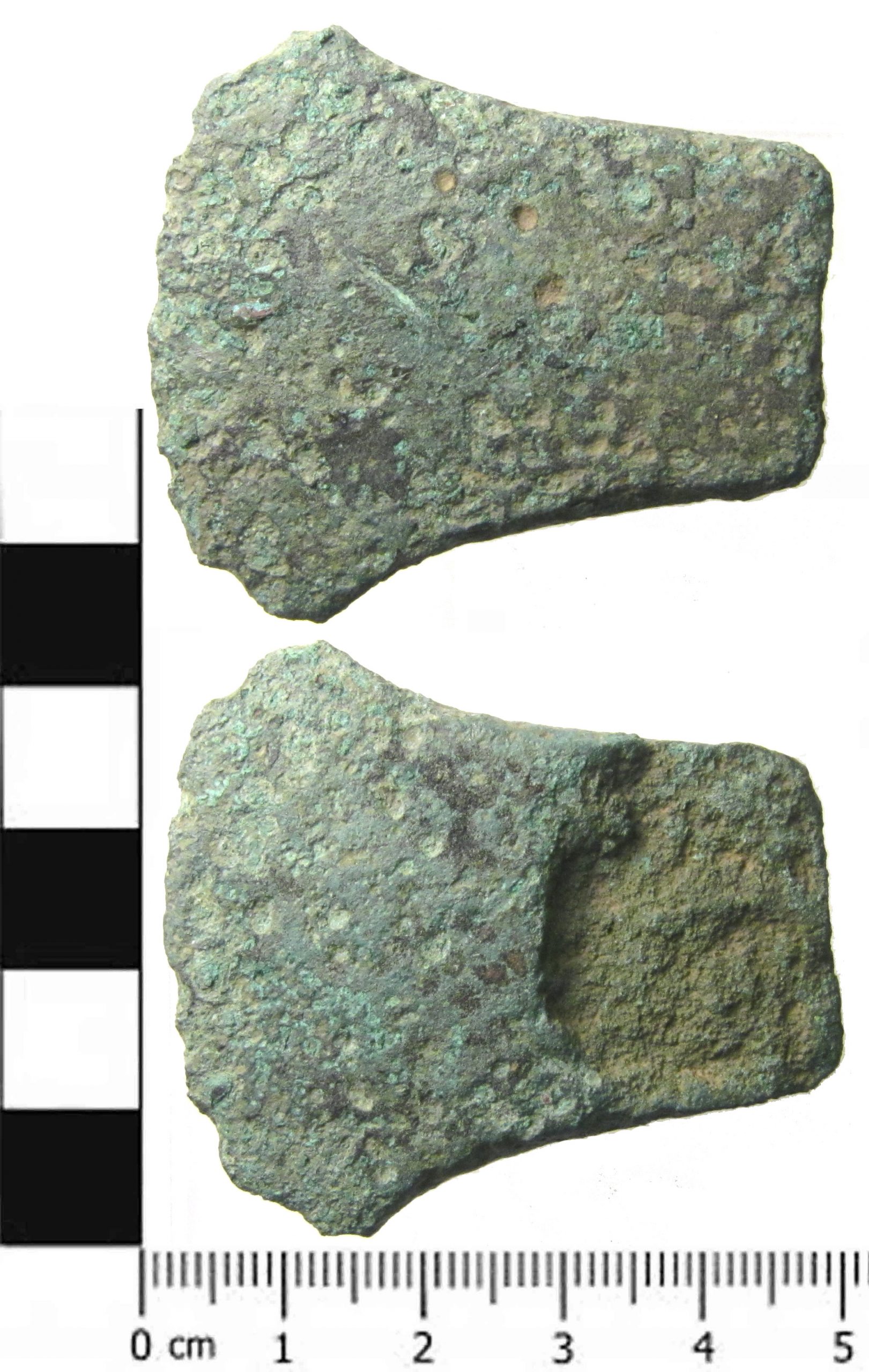CBA Yorkshire Forum Article
The report from our fieldwalking work has now been published in the Council for British Archaeology – Yorkshire Forum journal. We’re really proud of the work that you did with us on the field walking and it’s great to be able to share it with the wider region in what we hope will be the first of many articles. One of the photos from the field walk was even chosen as the cover image for…



